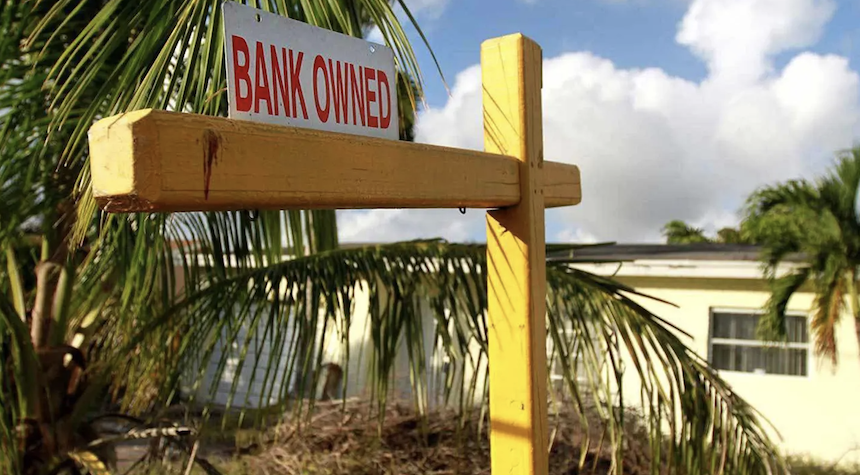US Home Foreclosures Witness Nationwide Increase
Katrina Campins, host of “Mansion Global,” sheds light on the latest real estate trends in her recent segment of “The Bottom Line.”
In February, home foreclosures experienced a surge across the nation amid the persistent challenges posed by the ongoing cost-of-living crisis. According to the latest report from real estate data provider ATTOM, there were 32,938 properties with foreclosure filings, encompassing default notices, scheduled auctions, and bank repossessions. This marks an 8% rise compared to the previous year, although it represents a marginal decrease of 1% from the preceding month.
Rob Barber, CEO of ATTOM, noted, “The annual increase in U.S. foreclosure activity suggests shifting dynamics within the housing market, potentially signaling evolving financial situations for homeowners, thereby necessitating adjustments in market strategies and lending practices.”

Despite the overall increase in foreclosure filings, the number of foreclosure completions declined in 28 states during February. Lenders repossessed 3,397 properties, reflecting a notable 14% decrease from the prior month and an 11% drop from the same period last year. Significant reductions were observed in Georgia, where completed foreclosures decreased by 52%, and in New York, with a decline of 41%.
Conversely, certain states witnessed a surge in foreclosures. South Carolina reported a 51% increase, while Missouri and Pennsylvania experienced jumps of 50% and 46%, respectively. Texas saw a 7% rise, while Indiana observed a more modest increase of 0.8%.
Although foreclosures are on the rise, they remain substantially lower than the levels recorded during the 2008 financial crisis. However, the situation could exacerbate as elevated home prices, mortgage rates, and property taxes continue to burden Americans.
Housing affordability has plummeted to historic lows due to soaring home prices and mortgage rates. Zillow reports that the typical salary required nationwide for homeownership has skyrocketed to $106,500, marking a staggering 61% increase from just four years ago when it stood at $59,000.

Several factors contribute to this affordability crisis. The Federal Reserve’s aggressive interest-rate hike campaign led to mortgage rates surging above 8% last year for the first time in nearly two decades. Although rates have moderated slightly, they remain elevated, hovering around 7% amidst inflation concerns, dashing hopes for immediate rate cuts.
Freddie Mac recently reported an average rate of 6.74% for a 30-year fixed loan, significantly higher than the pandemic-era lows of 3%. Despite the surge in mortgage rates, home prices have remained stubbornly high, primarily due to the limited inventory of available homes for sale. Sellers, benefiting from low mortgage rates pre-pandemic, have been reluctant to sell, leaving prospective buyers with limited options.


